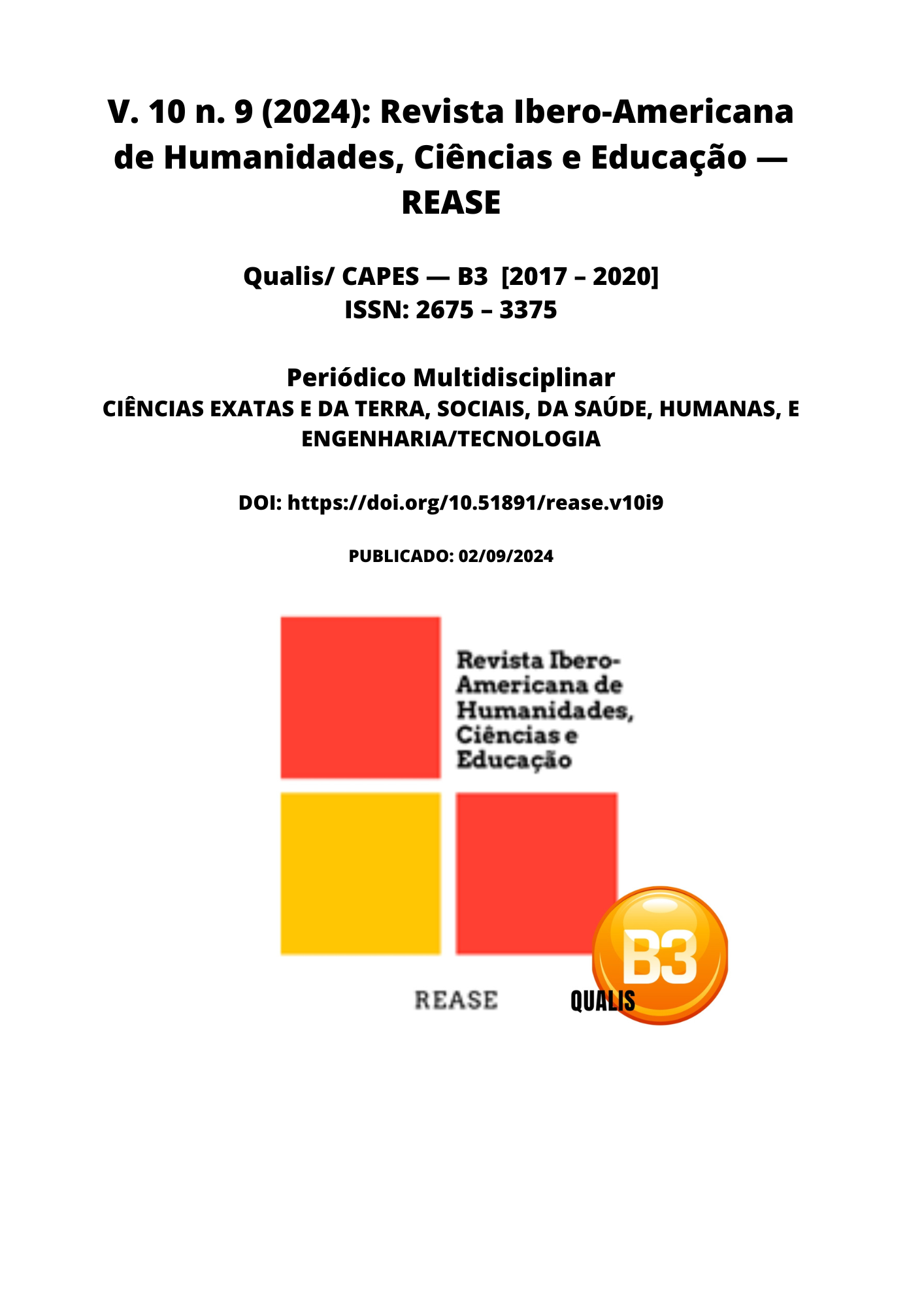VASCULAR COMPLICATIONS IN PEDIATRIC PATIENTS WITH TYPE 1 DIABETES: SURGICAL TREATMENT OF MICROVASCULAR ANOMALIES
DOI:
https://doi.org/10.51891/rease.v10i9.15898Keywords:
Diabetic retinopathy. Vascular surgery. Prevention. Glycemic control. Risk factors.Abstract
Introduction: Vascular complications in pediatric patients with Type 1 Diabetes are a significant clinical concern, since diabetes can lead to microvascular anomalies such as retinopathy, nephropathy, and neuropathy. These conditions can result in chronic morbidity, affecting the development and quality of life of children. Surgical treatment of these complications, especially in the context of microvascular anomalies, emerges as a potential approach to improve clinical outcomes and prevent disease progression. Understanding these complications and their surgical interventions is crucial to optimize patient management. Objective: To evaluate the surgical interventions available for the treatment of microvascular anomalies in pediatric patients with Type 1 Diabetes, in addition to discussing the clinical outcomes and efficacy of these approaches. Methodology: The methodology followed the PRISMA checklist, performing searches in the PubMed, Scielo, and Web of Science databases. Five descriptors were used: Diabetic retinopathy, Vascular surgery, Prevention, Glycemic control, and Risk factors. The inclusion criteria were: studies published in the last 10 years, addressing surgical interventions and including pediatric patients. The exclusion criteria included: articles that did not present relevant clinical data, studies that focused exclusively on non-surgical treatments and reviews without primary data. Results: The review found that surgical interventions, such as vitrectomy and revascularization surgery, were effective in improving vascular function and reducing complications in children. It was also observed that early identification of microvascular anomalies allowed for more favorable surgical results. In addition, a multidisciplinary approach was highlighted as essential for the comprehensive management of patients. Conclusion: Vascular complications in children with Type 1 Diabetes require special attention and surgical interventions can be fundamental for improving clinical outcomes. The literature suggests that, although surgery is not the only solution, it represents a viable alternative to treat microvascular complications, highlighting the importance of regular clinical monitoring and adequate prevention strategies.
Downloads
Downloads
Published
How to Cite
Issue
Section
Categories
License
Atribuição CC BY

